Explore the Splendor of Royal Palace Phnom Penh: A Photo Essay
The Royal Palace Phnom Penh, a beacon of Khmer architecture, has stood tall and regal in Cambodia’s bustling capital since the 1860s. As I passed through its beautifully adorned gates, I realised that there was beauty in the detail.
The palace, a symbol of Cambodia’s rich heritage, has been a silent witness to various epochs, from the flourishing Khmer Empire to the tumultuous era of the Khmer Rouge. Now, it stands as a testament to the resilience and enduring spirit of the Cambodian people.
The Royal Palace in Phnom Penh was built in the 1860s as the residence of King Norodom, following the transfer of the capital from Oudong. Its construction was steeped in tradition and symbolism, with the architectural designs reflecting significant aspects of Khmer culture.
Every corner of the palace complex tells a story, inviting visitors to partake in a journey through time. For instance, the Throne Hall, with its soaring, golden spires, has been the setting for numerous royal events, including coronations and royal weddings. Its ceiling is adorned with frescoes depicting Reamker, the Khmer version of the Ramayana epic.
Within the confines of the Royal Palace, you will find several stupas, each with its distinct story and significance. The most revered among them is perhaps the ‘Stupa of King Ang Doung’, also known as the ‘Victory Stupa’. It is a memorial stupa, built to honour the achievements and contributions of King Ang Duong.
Not far from it stands the ‘Stupa of Queen Kossamak’, a tribute to the beloved queen mother. It was built in a more contemporary style, reflecting the modern sensibilities of Queen Kossamak.
The Phochani Pavilion is a multi-purpose hall built in the late 19th century. The word ‘Phochani’ translates to ‘celestial maiden dance’, and it’s here where traditional dances were once performed for the royal family.
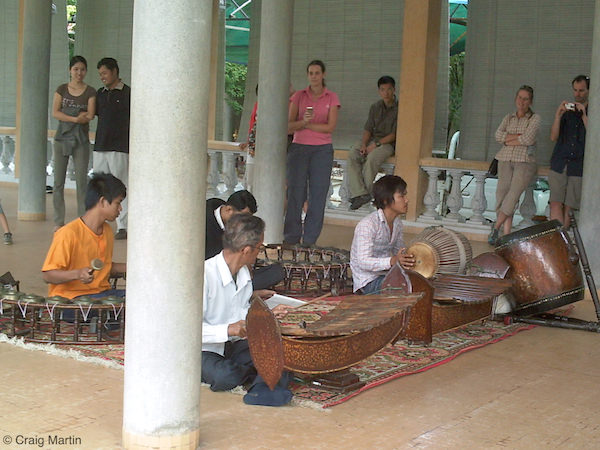
The pavilion is a grand vision in wood and gold, a perfect contrast to the lush surrounding greenery. The high, arching ceilings and the ornately decorated pillars add to its grandeur and sophistication.
Visit The Royal Palace
Table of Contents
Can you do a tour of the Royal Palace?
Yes, there are several to choose from, and you can book in advance – here are some popular options:
What are the main attractions inside the Royal Palace Phnom Penh?
Stepping inside the Royal Palace in Phnom Penh, the ornate architecture and carefully manicured gardens create a setting that is equally serene and majestic. Each turn seems to reveal something more spectacular than the last, but there are a few attractions that you absolutely must not miss.
The Throne Hall
Immediately upon entering the palace grounds, you’ll be greeted by the jaw-dropping sight of the Throne Hall. This grand building, with its traditional Khmer roof and gilded adornments, is where royal ceremonies are held.
Silver Pagoda
Adjacent to the Throne Hall is the Silver Pagoda. Despite its name suggesting otherwise, the real allure of this temple is not in its structure but what lies within. Encased in a protective glass cabinet is the Emerald Buddha, a breathtaking Baccarat crystal sculpture that dates back to the 17th century. Also residing in the Silver Pagoda is a life-sized gold statue of Buddha, adorned with 9,584 diamonds, the largest of which is a spectacular 25 carats.
Hor Samran Phirun
Hor Samran Phirun, or the ‘Pavilion where one sleeps peacefully’, is a gorgeous, open-air pavilion used for resting during royal processions. Its ornate, multi-tiered roof and richly decorated columns make for an astonishing sight.
The Royal Treasury and the Napoleon III Pavilion
Make your way to the southern part of the Palace where you’ll encounter the Royal Treasury and the Napoleon III Pavilion. The former is home to an array of royal regalia while the latter, gifted to Cambodia by the French Empress herself, is a unique blend of European and Cambodian design.
Are there any dress code requirements to enter the Royal Palace Phnom Penh?
Yes, indeed, there are dress code requirements when visiting the Royal Palace Phnom Penh and, believe me, they’re taken quite seriously. You see, this isn’t just a tourist attraction – it’s a place of profound religious and cultural significance for Cambodians. Therefore, proper respect and decorum must be observed.
For both men and women, it’s important to ensure that shoulders and knees are covered.
- Men: Men should wear long trousers or at least shorts that reach the knee. Similarly, shirts should have sleeves. A polo or T-shirt would be acceptable.
- Women: Women must avoid any revealing clothing. Shoulders should be covered and skirts or dresses should reach the knee. A blouse with a scarf or shawl would be appropriate. If you’re wearing trousers, they should be full-length.
Guardians at the entrance strictly enforce these rules, and rightly so. They will turn away anyone not dressed appropriately, so do ensure you’re dressed to respect the local customs before you arrive. If you’re in doubt, err on the side of caution.
Remember to wear comfortable walking shoes as well, because once inside, there’s plenty to explore and you’ll be on your feet for a good while. It’s a fascinating place, so you’ll want to take your time.
What is the best time of the year to visit the Royal Palace Phnom Penh?
Typically, Cambodia has two distinct seasons; the wet and dry season. The wet season runs from May through to October, while the dry season starts in November and ends in April. Each season offers a unique perspective and experience when visiting the Royal Palace.
During the wet season, the palace is set against the backdrop of lush greenery and the occasional drizzle can make the palace grounds look even more enchanting. However, this season also means unpredictable showers and you wouldn’t want to be caught in one while exploring the palace grounds.
On the other hand, the dry season offers sunny days and clear blue skies, perfect for strolling around the palace and capturing stunning photos. The downside? Well, the heat can be intense, especially during the peak hours of the day.
Remember to either book a tour or check the palace’s opening hours before planning your visit: they tend to vary throughout the year. Also, consider that the palace might be closed during Royal ceremonies. My advice? Always plan ahead and stay flexible. After all, travel is an adventure, isn’t it?

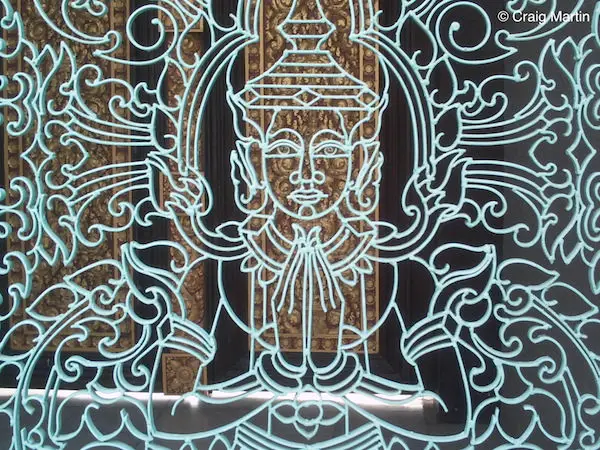
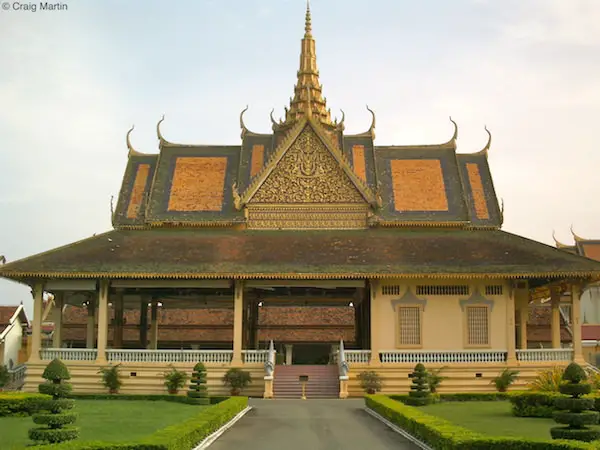


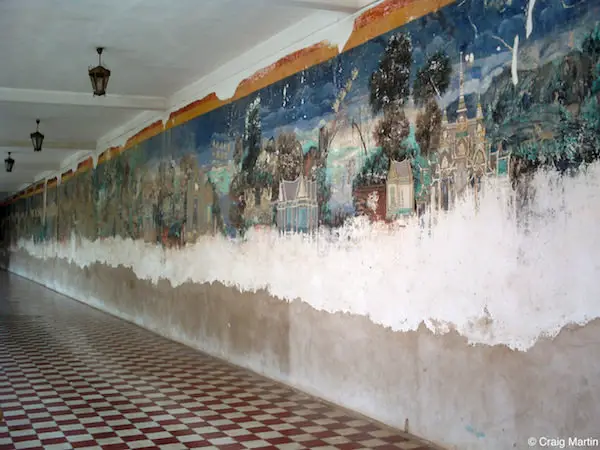

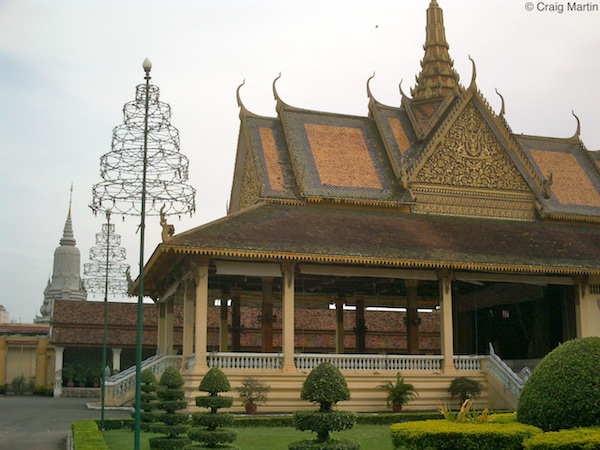
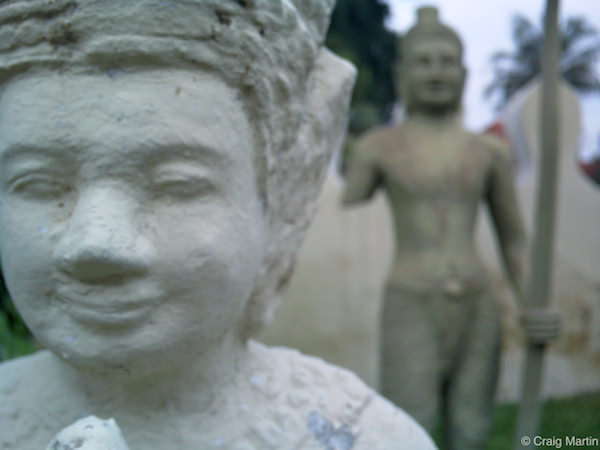
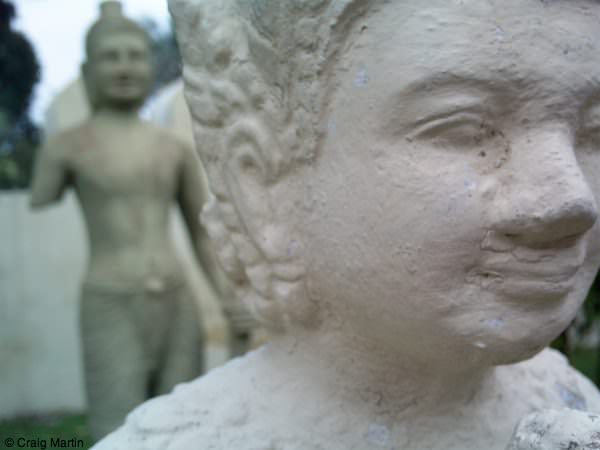
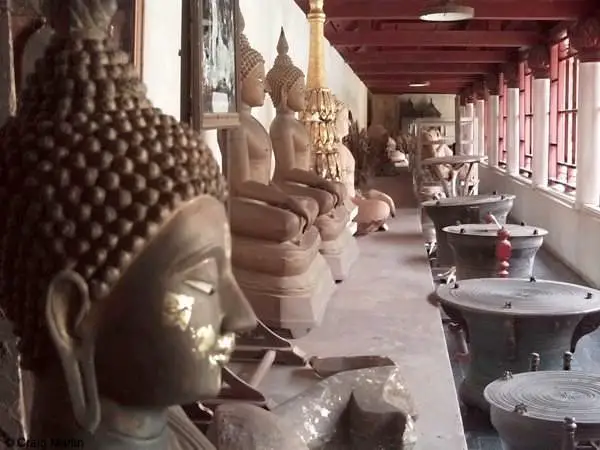
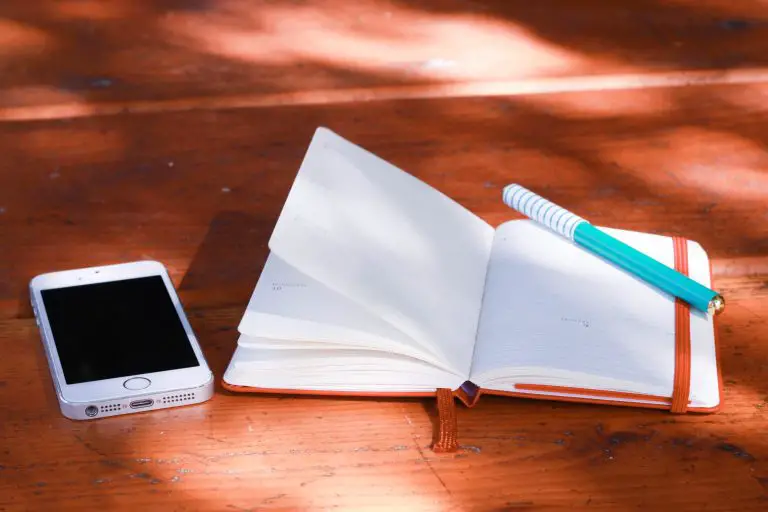
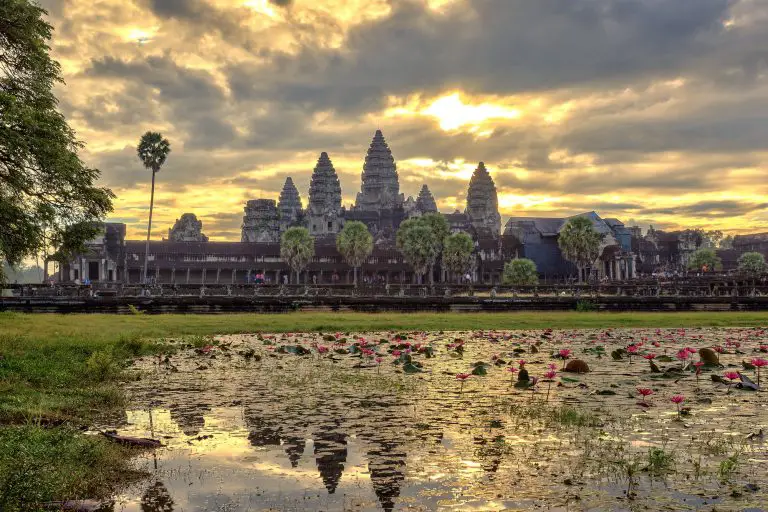
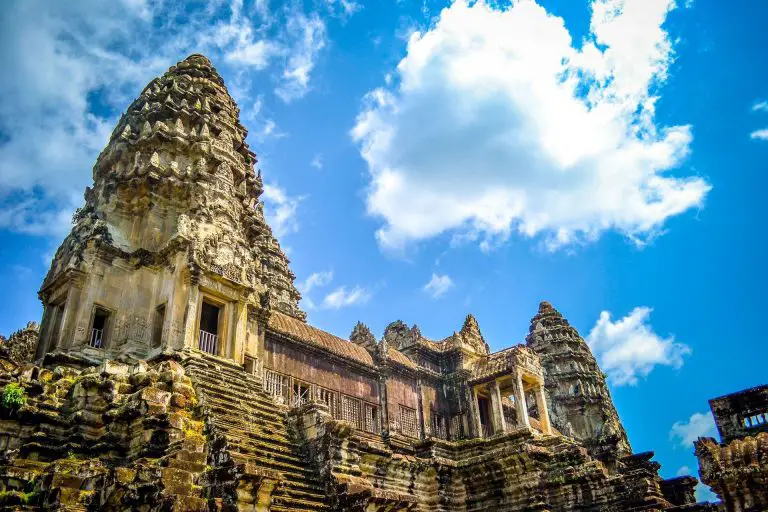
Such a beautiful place to visit, right in the heart of Phnom Penh.
I would love to visit it someday!